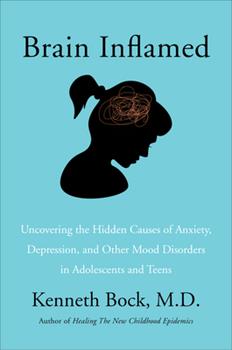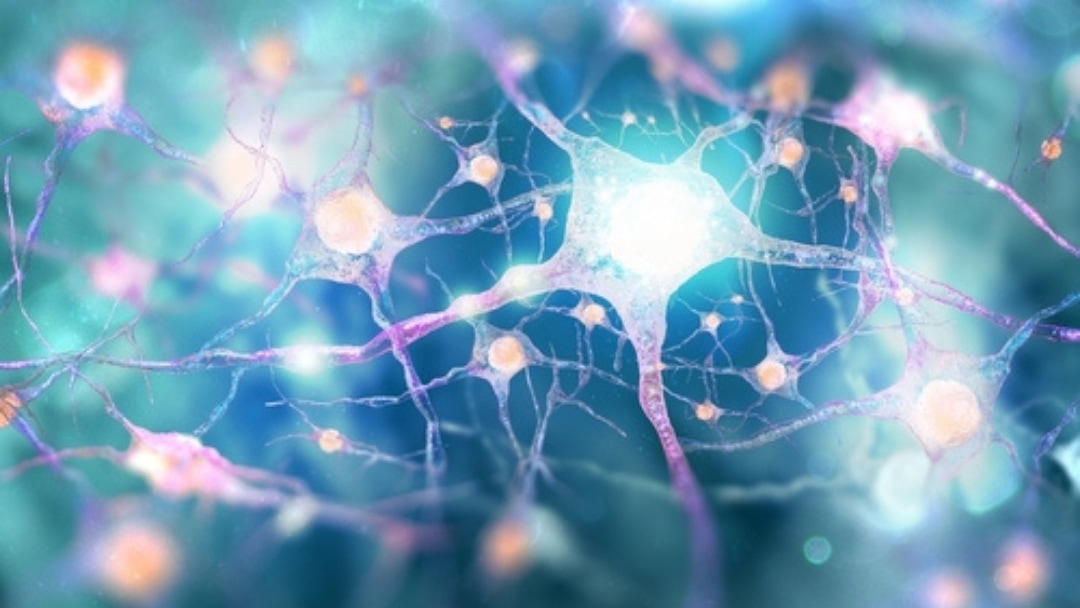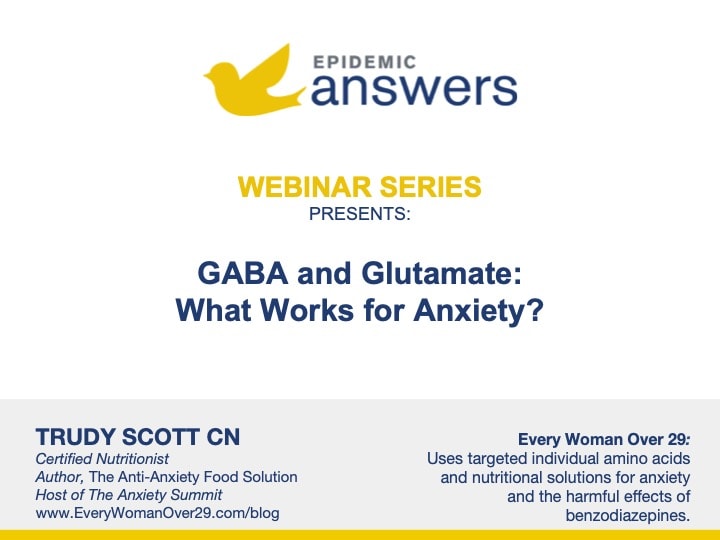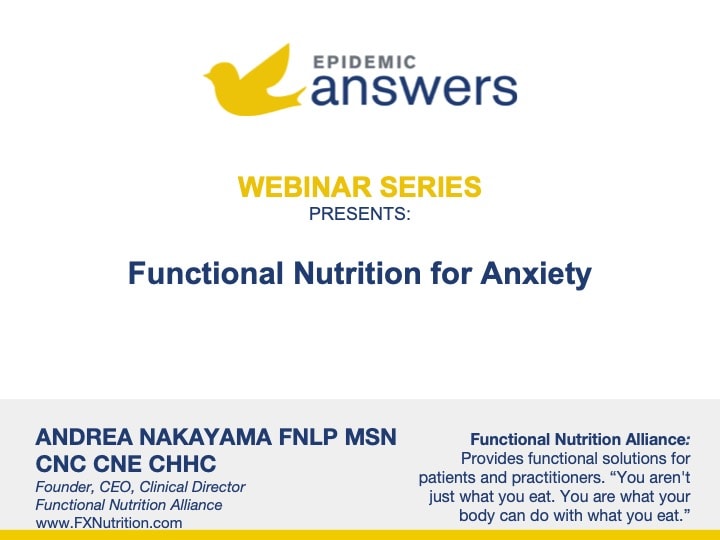Children are increasingly being prescribed pharmaceutical medication to help them deal with emotional and behavioral problems as well as mood symptoms.
What Types of Emotional, Behavioral and Mood Symptoms Are Commonly Seen in Our Kids?
- Depression: May be exhibited as anger with mood swings
- Unable to adapt to stressful situations
- Excessive rigidity
- Excessive anxiety, panic
- Obsessive compulsive behaviors: Persistent thoughts, impulses, behaviors
- Rage
- Excessive anger
- Moodiness
- Negativism
- Defiance
- Non-compliance
- Disobedient
- Hostile behavior
- Oppositional behavior
- Intense fear
- Nightmares
- Difficulty falling asleep
Common Diagnoses of Mood, Emotional and Behavioral Problems
Here are some of the more common diagnoses:
- PANS/PANDAS
- OCD
- Disruptive Mood Dysregulation Disorder (DMDD)
- ADD/ADHD
- Aggressiveness
- Anxiety
- Bipolar disorder
- Cyclothymic disorder
- Depression
- Dysthymia
- Premenstrual dysphoric disorder
- Seasonal Affective Disorder (SAD)
- Schizophrenia
What Your Doctor May Tell You About Mood, Emotional and Behavioral Problems
Your doctor will most likely suggest therapy and counseling at school and/or private therapy and counseling depending on the severity of the situation. She might also suggest removing any triggers that might be causing behavioral issues in your child or, if there are marital problems between you and your spouse, to seek counseling to improve family relations and circumstances. Many doctors may also recommend psychoactive pharmaceutical medications.
Another Way of Thinking about Mood, Emotional and Behavioral Problems
There are many stressors in a child’s life today, and they could be physical, emotional, educational, environmental, or biological. It is most likely a perfect storm of these varied stressors that ultimately contribute to a child’s mood and behavioral symptoms. Many times doctors offer cognitive or psychiatric therapy or even pharmaceutical solutions without first looking to see what might be the root cause, which is often physiological, of the symptoms.
For example, the relationship between food and mood/behaviors is often overlooked. Similarly, inadequate sleep can impact mood and behavior. Researchers are beginning to uncover the important role that immune dysregulation and gastrointestinal disorders may play in the role of mood disorders such as biopolar disorder, depression, schizophrenia and others.
Like autism, mood disorders have long been understood as “brain-based,” often genetically-determined disorders best managed by psychiatrists. In reality, these mental health diagnoses are really just symptoms of larger systemic medical problems, usually involving some element of gut dysbiosis, immune dysregulation, or mitochondrial dysfunction. Many of these biological problems stem from certain environmental exposures.
While psychiatrists may certainly be helpful in managing these disorders, they are not necessarily trained to look for the root cause of their patient’s medical issues. What’s more, many of the pharmaceuticals prescribed to manage these conditions may actually make the conditions worse in the long run.
A physician or healthcare provider trained in integrative or functional medicine may be able to find underlying medical issues and suggest medical protocols that will help heal these underlying systemic problems.
Mood, Emotional and Behavioral Problems Healing Checklist
Before resorting to medications or behavior modification therapies, consider the following:
Learn more about Obstructive Sleep Apnea:
Obstructive Sleep Apnea (OSA) could be contributing to anxiety, especially if your child snores or is a mouth breather.
Have primitive reflexes checked:
People with anxiety often have retained reflexes, especially the Moro reflex, which leads to being in a state of constant fight or flight.
- Bullying
- Safety
- Overcrowding
- Too much computer usage
- Not enough movement/exercise/outdoor sports activity
- Inappropriate curriculum
- Too much noise
- Trauma
- Fears
- Family issues
- Unrealistic expectations
- Low self-esteem
- Lack of successes
- Too much failure
- Other experiences that may be impacting your child’s emotional well-being
Still Looking for Answers?
Visit the Epidemic Answers Practitioner Directory to find a practitioner near you.
Join us inside our online membership community for parents, Healing Together, where you’ll find even more healing resources, expert guidance, and a community to support you every step of your child’s healing journey.
Sources & References
Andreazza, A.C., et al. Mitochondrial complex I activity and oxidative damage to mitochondrial proteins in the prefrontal cortex of patients with bipolar disorder. Arch Gen Psychiatry. 2010 Apr;67(4):360-8.
Atladottir, H.O., et al. The increasing prevalence of reported diagnoses of childhood psychiatric disorders: a descriptive multinational comparison. Eur Child Adolesc Psychiatry. 2015;24(2):173-83.
Aucoin, M., et al. Major Depressive Disorder and Food Hypersensitivity: A Case Report. Neuropsychobiology. 2019 Oct 10:1-7.
Bayer, J.K., et al. The Cool Little Kids randomised controlled trial: population-level early prevention for anxiety disorders. BMC Public Health. 2011;11:11.
Berk, M., et al. So depression is an inflammatory disease, but where does the inflammation come from? BMC Med. 2013;11:200.
Berry, E.A., et al. National estimates of the inpatient burden of pediatric bipolar disorder in the United States. J Ment Health Policy Econ. 2011;14(3):115-23.
Bitsko, R.H., et al. Epidemiology and Impact of Health Care Provider-Diagnosed Anxiety and Depression Among US Children. J Dev Behav Pediatr. 2018 Apr 24.
Bonnot, O., et al. Children and adolescents with severe mental illness need vitamin D supplementation regardless of disease or treatment. J Child Adolesc Psychopharmacol. 2011;21(2):157-61.
Camilleri, M. Serotonin in the gastrointestinal tract. Curr Opin Endrocrinol Diabetes Obes. 2009 Feb;16(1):53-9.
Ceylan, M.F., et al. Lipid peroxidation markers in children with anxiety disorders and their diagnostic implications. Redox Rep. 2014;19(2):92-6.
Cohen-Cline, H., et al. Access to green space, physical activity and mental health: a twin study. J Epidemiol Community Health. 2015 Jun;69(6):523-9.
Costello, E.J., et al. 10-year research update review: the epidemiology of child and adolescent psychiatric disorders: II. Developmental epidemiology. J Am Acad Child Adolesc Psychiatry. 2006 Jan;45(1):8–25.
Dusetzina, S.B., et al. Treatment use and costs among privately insured youths with diagnoses of bipolar disorder. Psychiatr Serv. 2012;63(10):1019-25.
Guney, E., et al. Oxidative stress in children and adolescents with anxiety disorders. J Affect Disord. 2014;156:62-6.
Fernandes, A.C., et al. Development and evaluation of a de-identification procedure for a case register sourced from mental health electronic records. BMC Med Inform Decis Mak. 2013;13:71.
Haroon, E., et al. Inflammation, Glutamate, and Glia: A Trio of Trouble in Mood Disorders. Neuropsychopharmacology. 2017 Jan;42(1):193-215.
Hepgul, N., et al. Depression pathogenesis and treatment: what can we learn from blood mRNA expression? BMC Med. 2013;11:28.
Hyman, M.A. Is the Cure for Brain Disorders Outside the Brain? Alternative Therapies in Health and Medicine. Nov-Dec 2007;13(6):10-5.
Karakula, H., et al. [Does diet affect our mood? The significance of folic acid and homocysteine]. Pol Merkur Lekarski. 2009;26(152):136-41.
Kato, T. The role of mitochondrial dysfunction in bipolar disorder. Drug News Perspect. 2006 Dec;19(10):597-602.
Konradi, C., et al. Molecular evidence for mitochondrial dysfunction in bipolar disorder. Arch Gen Psychiatry. 2004 Mar;61(3):300-8.
Lai, C.C.W., et al. The association between gut-health promoting diet and depression: A mediation analysis. J Affect Disord. 2023 Mar 1:324:136-142.
Leuchter, A.F., et al. Intermediate phenotypes and biomarkers of treatment outcome in major depressive disorder. Dialogues Clin Neurosci. 2014;16(4):525-37.
Marazziti, D., et al. Psychiatric disorders and mitochondrial dysfunctions. Eur Rev Med Pharmacol Sci. 2012;16(2):270-5.
McNally, L., et al. Inflammation, glutamate, and glia in depression: a literature review. CNS Spectr. 2008 Jun;13(6):501-10.
Memon, A., et al. Association between naturally occurring lithium in drinking water and suicide rates: systematic review and meta-analysis of ecological studies. British Journal of Psychiatry. 2020 Dec; 217(6): 667-678.
Mitchell, E.S., et al. B vitamin polymorphisms and behavior: evidence of associations with neurodevelopment, depression, schizophrenia,bipolar disorder and cognitive decline. Neurosci Biobehav Rev. 2014;47:307-20.
Nikolova, V.L., et al. Acceptability, Tolerability, and Estimates of Putative Treatment Effects of Probiotics as Adjunctive Treatment in Patients With Depression. JAMA Psychiatry. 2023 Aug 1;80(8):842-847.
Onaolapo, A.Y., et al. Glutamate and depression: Reflecting a deepening knowledge of the gut and brain effects of a ubiquitous molecule. World J Psychiatry. 2021 Jul 19;11(7):297-315.
Ostiguy, C.S., et al. Sensitivity to stress among the offspring of parents with bipolar disorder: a study of daytime cortisol levels. Psychol Med. 2011;41(11):2447-57.
Rollins, B., et al. Mitochondrial variants in schizophrenia, bipolar disorder, and major depressive disorder. PLoS One. 2009;4(3):e4913.
Rook, G.A., et al. Microbiota, immunoregulatory old friends and psychiatric disorders. Adv Exp Med Biol. 2014;817:319-56.
Simpson, C.A., et al. The gut microbiota in anxiety and depression – A systematic review. Clin Psychol Rev. 2021 Feb:83:101943.
Swann., O.G., et al. Dietary fiber and its associations with depression and inflammation. Nutr Rev. 2020 May 1;78(5):394-411.
Tan, Y., et al. Review of research progress on intestinal microbiota based on metabolism and inflammation for depression. Arch Microbiol. 2024 Mar 10;206(4):146.
Taurines, R., et al. Expression analyses of the mitochondrial complex I 75-kDa subunit in early onset schizophrenia and autism spectrum disorder: increased levels as a potential biomarker for early onset schizophrenia. Eur Child Adolesc Psychiatry. 2010 May;19(5):441-8.
Thompson, L., et al. What have birth cohort studies asked about genetic, pre- and perinatal exposures and child and adolescent onset mental health outcomes? A systematic review. Eur Child Adolesc Psychiatry. 2010;19(1):1-15.
Van Meter, A.R., et al. What goes up must come down: the burden of bipolar depression in youth. J Affect Disord. 2013;150(3):1048-54.
Verena, L., et al. Elimination diets’ efficacy and mechanisms in attention deficit hyperactivity disorder and autism spectrum disorder. Eur Child Adolesc Psychiatry. 2017; 26(9): 1067–1079.
Warner, B.B. The contribution of the gut microbiome to neurodevelopment and neuropsychiatric disorders. Pediatr Res. 2019 Jan;85(2):216-224.
Yang, B., et al. Effects of regulating intestinal micobiota on anxiety symptoms: A systematic review. General Psychiatry. 2019; 32: e100056.
Resources
Books
Brogan, Kelly. A Mind of Your Own. The Truth About Depression and How Women Can Heal Their Bodies to Reclaim Their Lives. New York, Harper, 2016.
Campbell-McBride, Natasha. Gut and Psychology Syndrome: Natural Treatment for Autism, Dyspraxia, A.D.D., Dyslexia, A.D.H.D., Depression, Schizophrenia. 2010.
Doman, Glenn. What To Do About Your Brain-Injured Child, or Your Brain-Damaged, Mentally Retarded, Mentally Deficient, Cerebral-Palsied, Emotionally Disturbed, Spastic, Flaccid, Rigid, Epileptic, Autistic, Athetoid, Hyperactive, Down’s Child. Garden City, New York. Doubleday; 1990.
Guyol, G. Who’s Crazy Here?: Steps for Recovery Without Drugs for ADD/ADHD, Addiction & Eating Disorders, Anxiety & PTSD, Depression, Bipolar Disorder, Schizophrenia, Autism. 1st U.S. ed. Stonington, CT: Ajoite Pub.; 2010.
Hyman, Mark. The UltraMind Solution: Fix Your Broken Brain by Healing Your Body First: The Simple Way to Defeat Depression, Overcome Anxiety and Sharpen Your Mind. 1st Scribner hardcover ed. New York: Scribner; 2008.




